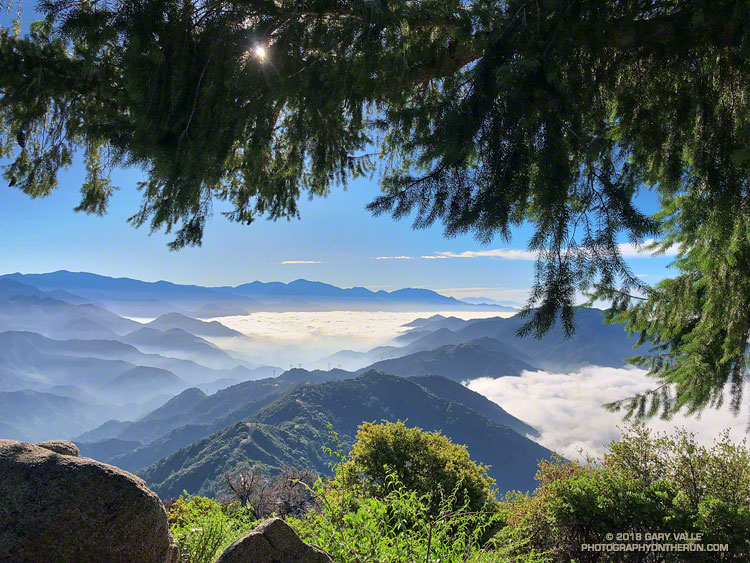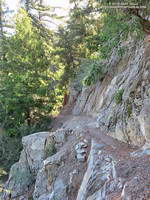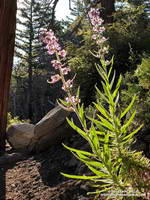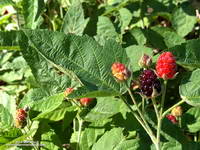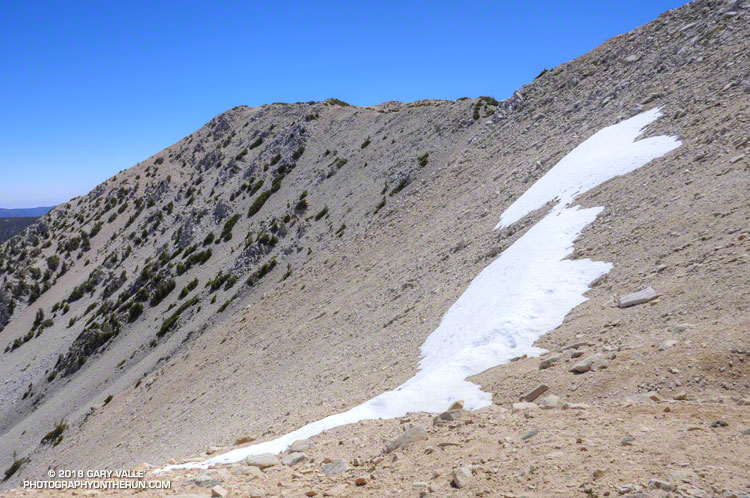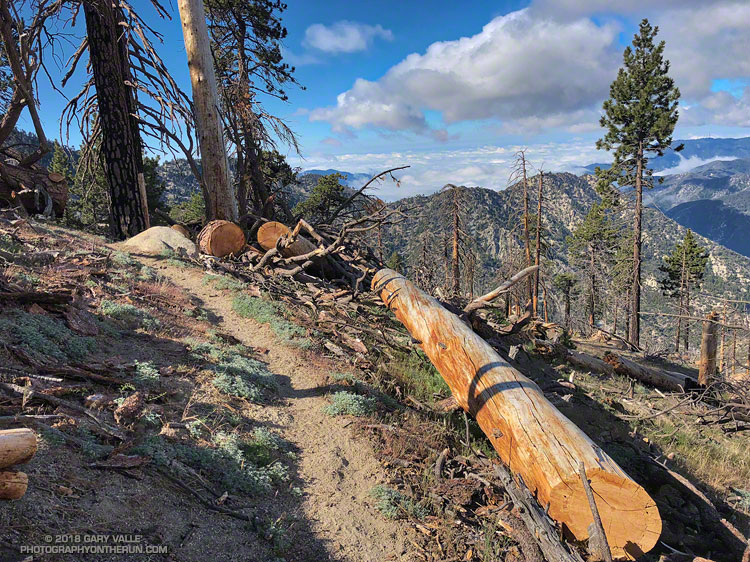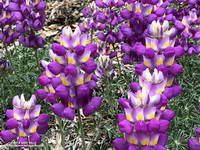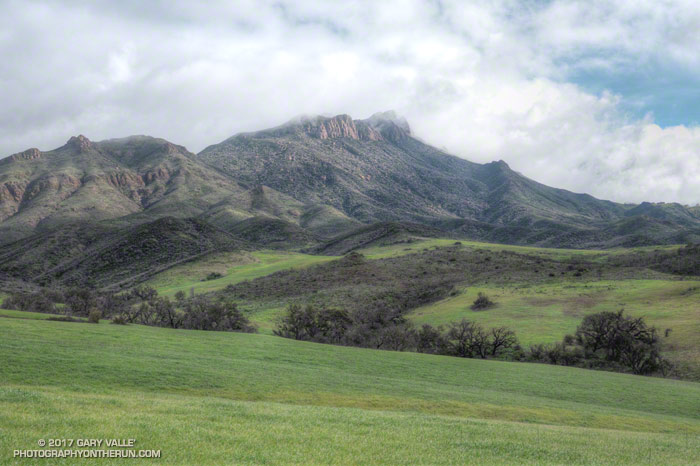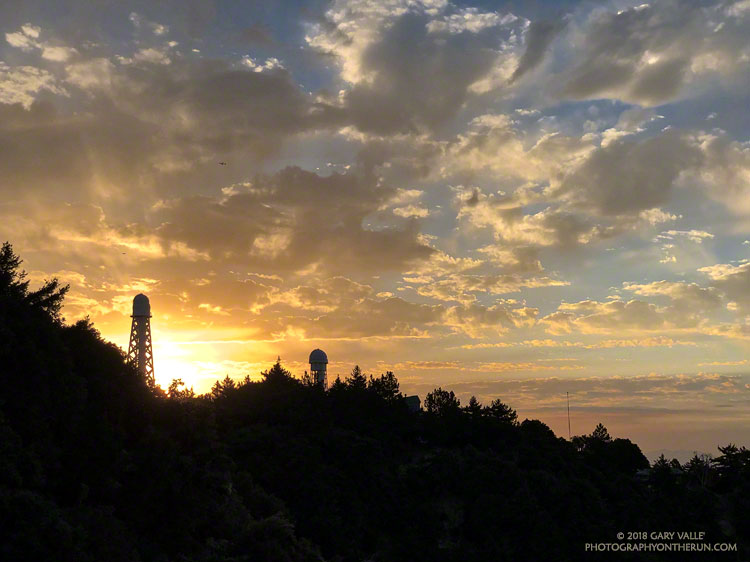
It was “déjà vu all over again” for the 12th running of the Angeles National Forest Trail Race on Saturday. When the sun rose over Mt. Wilson Saturday morning, the temperature was already in the 80s and monsoon clouds were scattered across the eastern sky. We all knew it was going to be a hot day. The only question was how hot?
Following weeks of seasonable — and often cool — weather, temps began to ramp up Thursday. On Friday many daily and some all-time record high temps were set around the Los Angeles area. Van Nuys set an all-time record high of 115°F. Downtown Los Angeles set a new daily record of 108°F and Woodland Hills set a new daily record of 117°F.
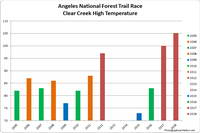
The record-breaking heatwave continued race day with temps on the ANFTR course surpassing the torrid temps of 2017. The Clear Creek RAWS recorded hourly temperatures as high as 100°F and hourly fuel temps as high as 123°F. The highest temperature measured at Clear Creek was 105°F — five degrees higher than last year’s race.
Once again, despite the heat, there were some AMAZING performances. In the 60K, first and second place in both the Mens and Womens division finished only a couple minutes apart. Mario Martinez’s 6:41:25 just edged Rupert Romero’s 6:43:27, and Katie Asmuth’s 7:29:11 was just ahead of Teresa Kaiser’s 7:32:21. Chase Coffey ran the 50K in 4:25:26, which I believe is the fastest time for the normal 50K course. (In 2009 we ran all the way to Red Box on Mt. Wilson road.) Ana Suchey was the top woman in the 50K with a time of 6:04:30. In the 25K Victor Martinez bested the record he set last year, running the course in 2:07:27. Jennifer Sunahara was first among the women, with a time of 2:58:29. Not all the great performances were from the fastest runners. Sa Il Hong, age 80, completed the 50K in fine form.
Many thanks to Gary and Pam Hilliard and all the ANFTR staff and volunteers! It wasn’t just hot for the runners! And those setting up the event and marking the course had to endure Friday’s record-setting temps, spend a warm night on the mountain, and then work in the heat again on Saturday!
See the ANFTR web site, Facebook page and Facebook group for more info. The Angeles National Forest Trail Race is the new name for the Mt. Disappointment Endurance Run. Only the name changed. All the results for the ANFTR/Mt. Disappointment races since 2005 can be found on Ultrasignup.com.
Note: The temperature in a commercial weather station is measured inside a white, ventilated instrument housing, several feet off the ground. Mid-day temperatures in the sun, in the summer, with a cloudless sky will be much warmer than this. Some stations, such as Clear Creek, also measure the fuel temperature — the temperature of a pine dowel in direct sun about a foot off the ground. According to the NWS (and common sense) exposure to full sunshine can increase heat index values by up to 15°F. In my experience the fuel temp gives a better indication of the actual temperature a runner can experience in the sun, especially on exposed mountain slopes facing the sun.
Related post: Record Heat for the 2017 Mt. Disappointment 50K & 25K

